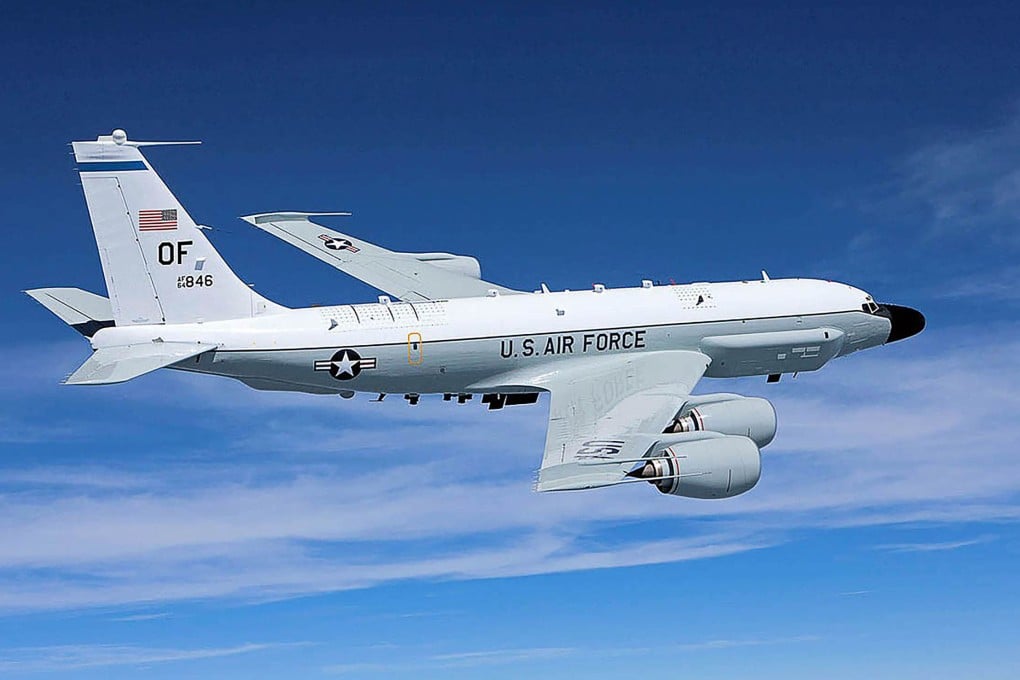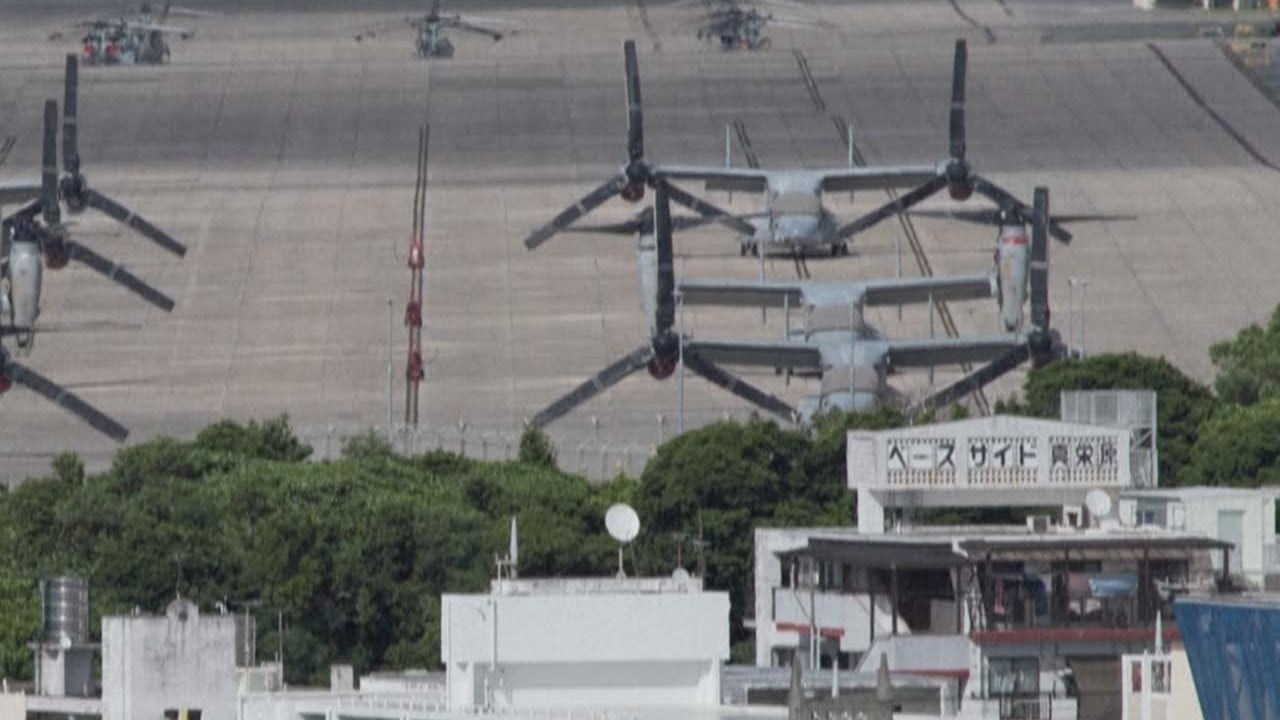US spy planes edge closer to China’s shores in 2022: think tank
- South China Sea Strategic Situation Probing Initiative says the US again sent hundreds of large aircraft for close-in activities over the South China Sea this year
- Chinese military magazine suggests PLA must strengthen the deployment of drones and the development of home-grown transport aircraft

China faced a growing threat of close-in reconnaissance in 2022, especially from the United States, with a sustained number of flights conducted nearer to Chinese shores, according to a Beijing-based think tank.
The latest reconnaissance flight came on Wednesday, when the US deployed aircraft – three P-8A Poseidon anti-submarine patrol aircraft, one E-3G early warning and control aircraft and one RC-135V reconnaissance aircraft – from Kadena airbase in Japan and Clark airbase in the Philippines that patrolled the Taiwan Strait and the South China Sea region.
SCSPI director Hu Bo said the flight pattern this year was similar to that last year, but the US planes were flying closer to China.
He said the assessment was based on commercial data from the Automatic Dependent Surveillance Broadcast (ADS-B) system, but might only reveal a small portion of America’s close-in reconnaissance activities because not all aircraft had their ADS-B transponders switched on and smaller planes were not included in the tally.
“The real number should be larger,” Hu said. “And these close-in reconnaissance activities are increasingly nearing Chinese shores, which will inevitably boost the risks of confrontation and friction.”
